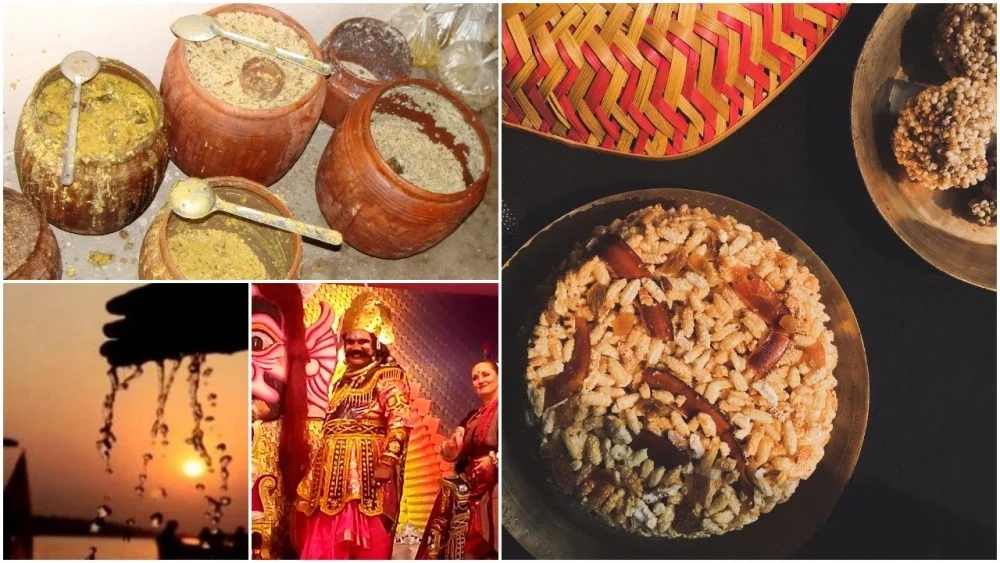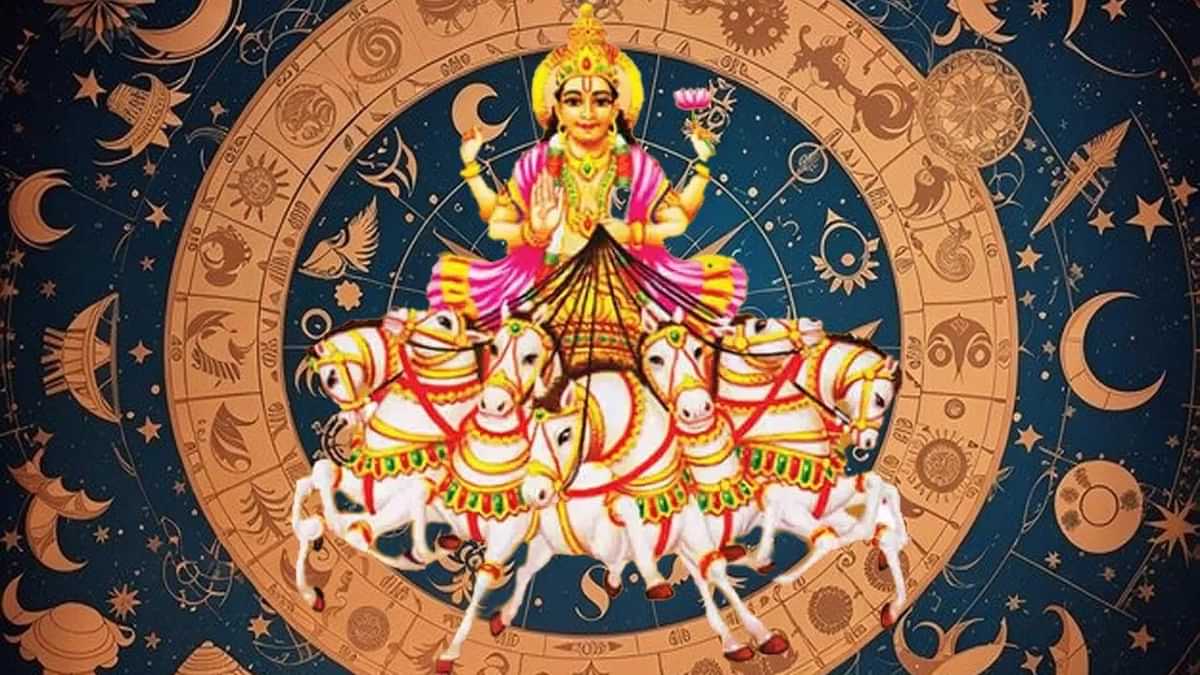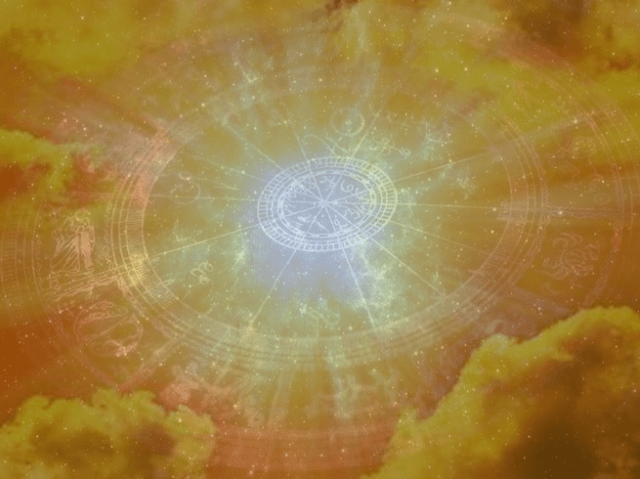Bhubaneswar: Dhanu Sankranti marks the transit of the Sun to Sagittarius or Dhanu Rashi. This will continue for a month (from today to the day before Makar Sankranti). The day of this eclipse is called Dhanu Sankranti.
Dhanu Sankranti is a very popular festival in Odisha dedicated to worship sun god and also Lord Jagannath.
In Odisha, they collect the harvest and celebrate the occasion in the month of Pousha. Families unite and make scrumptious dishes to offer to god. They also savour the Prasad later on. They begin a journey on Shashti Shukla Pousha, which marks the sixth day of Pousha month as per the Hindu calendar. The Yatra goes on till Pausha Purnima, full moon day.
From this day onwards, Goddes Mahalakshmi leaves for her parent’s home for a month. Maa Laxmi visits her parents’ house for a month from this day. For this reason, food cooked by Lord Jagannath’s mother (Yoshada) is offered early in the morning. This prasad is known as Pahali Bhog which along with Ballabh Bhog is offered to the Lord during this month.
Every day, Dwar Phita, Aalati and Abakash niti are performed. Then the deities are dressed as per the days. After consecration of the inner and outer temple, cakes prepared from black gram and wheat and cooked in ghee are offered to the deities as ‘Pahili Bhog’. Then the deities are worshipped through certain rituals known as ‘Pancha Upachar Bidhi’.In this month, after the ‘Mangal Aalati’ of the Lords, Pahili Bhog is offered to the Trinity. Apart from this, ‘dhanu muan’ is enjoyed throughout this month.
On Dhanu Sankranti, a street play is organized in the town of Bargarh in Odisha. This event depicts the various episodes from Lord Krishna’s life. The most important part of this program is the invitation sent to Krishna by Kansa to visit Mathura and Krishna visiting the palace of Kansa to kill him. Every person in the town participates in the play and the whole of the town is transported back to the times of Lord Krishna and is depicted as Mathura and Vrindavan.
Bargarh Dhanu Yatra is closely associated with an art form called ‘Sanchar’. It is a ‘Trimukhi’ form of art that is performed with song, music and dance with mridangam being the main percussion instrument.During this period, Hindustani music, Dadra, Rupak, Sadra Jhapatal, Jhumpa, and Carnatic music’s Dhruval, Athtal, etc are used. Dalkhai, Rasarkeli, Bhagavata, Ramayana are also sung.






